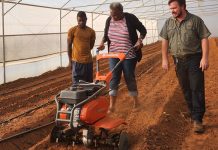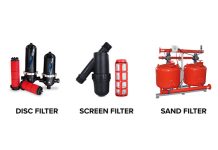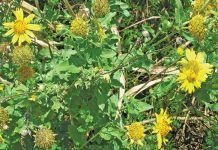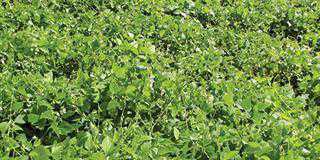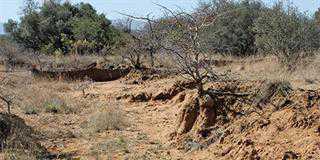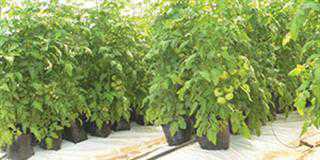To compact something means to compress and harden it. When you squeeze a ball of paper you’re compacting it – you’ll see how the ball becomes harder and more tightly compressed. When it comes to soil, compaction makes it difficult for water to move through it and for roots to grow, which means lost yields.Tight soils need more power to do the same operation, either a larger tractor (increasing the risk of further compaction), or running the tractor at a slower speed, which increases fuel and labour costs. Now let’s look at how compaction occurs.
How soils compact
Soil might seem solid, but it isn’t, because you can push your hand into it. In other words, most soil is loose, filled with open space – like a sponge. Simply put, you get compaction when the percentage of open space – 50% is normal – is lessened because of an external force. Remember our ball of paper! You get compaction when something squeezes the soil, or pushes down on it.Whether compaction is permanent or temporary depends on the soil’s texture and how wet it is at the time of “squeezing.” Soil is considered compacted when the volume, or amount of open space, drops to around 30% of the total volume.
Dry soils are harder to compact, because there’s no wetness forcing the soil particles to clump together. Instead, the particles can move around more easily and rearrange themselves. In loamy soils, the finer particles move more readily into the spaces, and compaction occurs. But once the soil texture passes the loamy stage and becomes more clayey, the resistance to compaction increases. Again, think of our ball of paper – you can only squeeze it so much before it becomes “solid”. As soil moisture increases, so you’re more likely to get compaction.
What causes this? What is the force doing the “pressing” or “squeezing”?
Driving across the land with a truck or tractor, or tilling when the soil is too wet, cause compaction. Repeated passes along the same track will create surface ruts and spread the compaction effects outward into the soil profile. Discs and ploughs apply a great deal of force as they work. This creates an area of high compaction at the bottom of the tillage zone, called a plough pan. These layers can stop water from rain or irrigation from seeping into the soil, creating a raised water table.
Compaction also occurs when you apply water to the soil surface. It doesn’t matter how the water is applied – through rain, sprinklers or flooding – the results are nearly the same. Each drop of falling water has both mass (the weight of the drop) and velocity (the speed at which it falls). When water drops hit the soil, they press the grains downward. In other words, the water does the compacting. The soil must now support the mass of water as well as its own weight. The soil gives a little as the particles shift to hold the new weight, and this is how compaction occurs.
Some of the finer particles are dislodged and carried toward the surface by the moving water. Over time, the upper surface of the soil is compressed. Although this is only by a few millimetres, it means the water doesn’t infiltrate, or enter the soil as well as before, and therefore collects on the surface.

